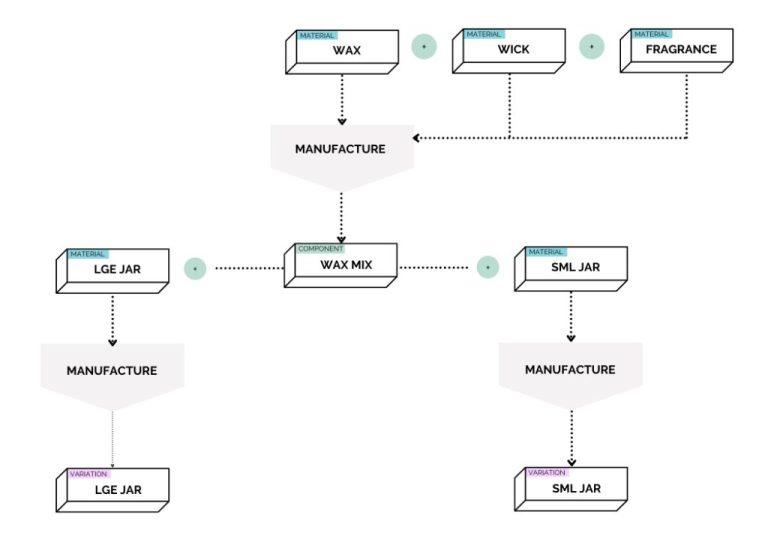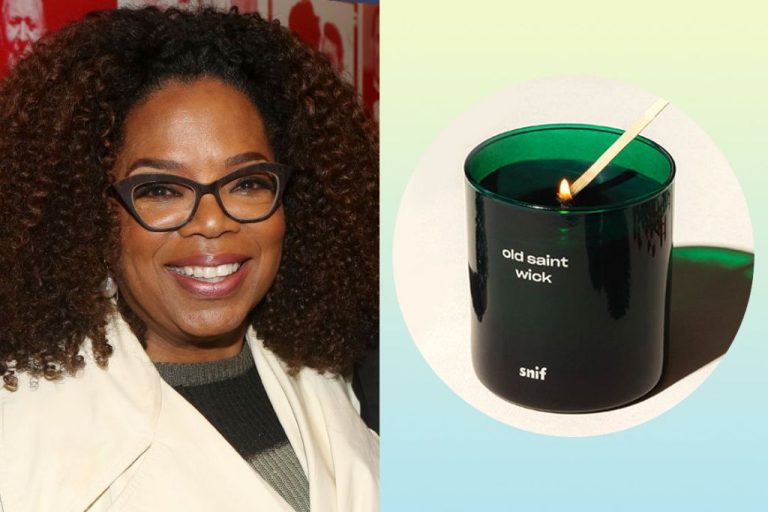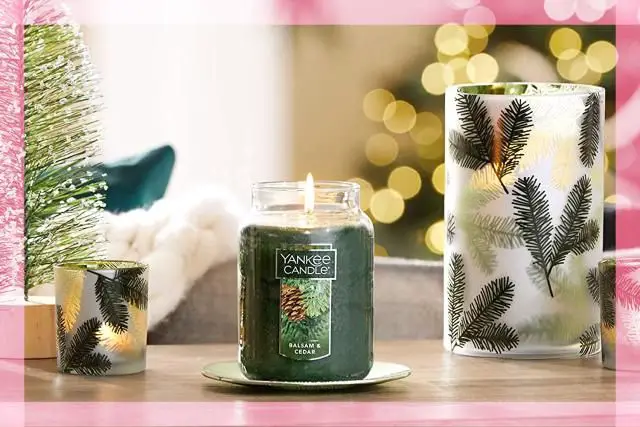What Happened To White Barn Candle Company?
The White Barn Candle Company was originally founded in 1990 by David Kellen in West Hartford, Connecticut as a small shop selling candles and home fragrance products. The company quickly gained popularity for its distinctive candle designs and long-lasting fragrances. White Barn built a reputation for using high-quality ingredients and creating unique, nature-inspired scents like Pine Needles & Cedarwood that customers loved.
By the mid-1990s, White Barn Candles had expanded to over 35 stores across New England and the Mid-Atlantic and became well-known for its rustic-chic style and inviting shopping experience focused on home fragrance. The brand was able to carve out a distinctive niche in the candle market through its farmhouse-inspired packaging, evocative scent names like Weathered Oak and Sea Salt & Avocado, and emphasis on craftsmanship.
In just a few short years, the small company founded by David Kellen grew into a very successful regional brand with a loyal customer following drawn to the high-quality candles and cozy, nostalgic feel of White Barn stores.
Rise in Popularity
White Barn Candle Company experienced tremendous growth in the 1990s and 2000s, expanding from a small New England business to a major national brand. The company was known for its signature scents and focus on home fragrances like candles, room sprays, and reed diffusers.
During this time, White Barn opened stores across the country, growing from just a handful of locations to over 150 by the early 2000s. As the brand grew, it developed a cult following of devoted customers who loved the sensory experience of walking into a White Barn store. Shoppers kept coming back for the distinctive and sophisticated scents like Spiced Pumpkin, Mahogany Teakwood, and Winter.
Strong sales growth during this period was fueled by an increase in home fragrance demand. White Barn established itself as a leader in home fragrance, crafting high-quality candles and diffusers that made people’s homes smell amazing. The company’s focus on fragrance technology, proprietary scent development, and striking packaging design helped propel its popularity.
Acquisition by Bath & Body Works
In 2003, Bath & Body Works acquired White Barn Candle Company for an undisclosed amount. This acquisition benefited both companies in several ways.
For Bath & Body Works, acquiring an established premium candle brand like White Barn allowed them to expand their product offerings into home fragrance. It gave them an instant boost in credibility and brand awareness in the candle market. According to the Amazon product listing, White Barn candles feature essential oils and luxurious scents that complemented Bath & Body Works’ existing line of body care products.
For White Barn Candle Company, the acquisition provided them with the resources and distribution network of a major retail chain. As part of a large company like Bath & Body Works, White Barn gained stability and the ability to scale production to reach more customers nationwide. The exposure through Bath & Body Works stores introduced the brand to new audiences.

Brand Integration
In 2003, Bath & Body Works acquired White Barn Candle Company for $56 million. This allowed them to integrate the popular White Barn brand into the Bath & Body Works stores.[1]
Many standalone White Barn stores were converted into Bath & Body Works locations that prominently featured White Barn products. However, White Barn’s signature candle scents and branding remained intact. This allowed Bath & Body Works to capitalize on White Barn’s popularity while leveraging their own retail footprint and resources.
Keeping the White Barn name and equities as a distinctive brand within the Bath & Body Works portfolio proved to be a successful strategy. White Barn candles and home fragrance products continued to be top sellers even after the acquisition.
White Barn Concept Stores
In 2012, Bath & Body Works began opening smaller footprint stores dedicated solely to the White Barn brand within malls across the United States. These specialty concept stores allowed the company to highlight and showcase the White Barn Candle line as the premier product offering within its portfolio (Source).
The White Barn concept stores provided a more intimate shopping experience compared to the larger format Bath & Body Works locations. Shoppers could browse a wide selection of candles and home fragrances in sophisticated rustic barn-inspired settings. While still benefiting from the scale and operational expertise of the parent company, the concept stores enabled White Barn to stand out as a distinct premium brand.
Continued Success Today
Today, White Barn candles remain extremely popular at Bath & Body Works stores and online. The brand continues releasing new limited edition seasonal scents each year such as “Winter Candy Apple” and “Pumpkin Pecan Waffles” that drive anticipation and sales. In addition, the success of White Barn has inspired spin-off home fragrance brands like Wallflowers.[1] Though no longer its own entity, the legacy of White Barn lives on through its iconic candles and constant innovation in home fragrance at Bath & Body Works.
1. https://www.youtube.com/watch?v=vt4ypEkj7SM
Remaining Brand Identity
Even though White Barn Candle Company was acquired by Bath & Body Works, the brand has managed to maintain much of its own unique identity and following over the years. The original White Barn website now redirects to the Bath & Body Works site (Source). However, Bath & Body Works has continued to market White Barn as a distinct brand within its portfolio.
White Barn has its own dedicated lines of candle and home fragrance products that feature different packaging and branding from typical Bath & Body Works items. White Barn also releases exclusive seasonal and limited edition scents each year that fans anxiously await. This has allowed White Barn to retain a passionate customer base that identifies with the brand’s identity and history.
While owned by a larger company, White Barn Candle has preserved its reputation for elegant, high-quality candles and home fragrances. Its focused product selection and classic branding continue to attract consumers even today.
Lessons Learned
The acquisition of White Barn Candle Company by Bath & Body Works provided several key lessons for brands considering mergers or acquisitions (Dealroom). On the benefits side, acquiring White Barn gave Bath & Body Works immediate access to an established brand with manufacturing capabilities, helping them expand nationally. It also allowed them to leverage White Barn’s brand equity to sell more strongly scented candles under the White Barn name, while reserving Bath & Body Works for lighter scents. The combination created more variety for customers. However, brand integration also came with challenges. Bath & Body Works had to carefully transition White Barn from a standalone brand into a product line within the larger company. They walked a fine line to maintain White Barn’s distinctive identity and prevent brand dilution. Overall, the acquisition fueled growth, but required thoughtful brand management during integration.
The Future
With White Barn’s incredible success after being acquired by Bath & Body Works, many speculate about the possible expansion plans and new products in the future. While White Barn remains a Bath & Body Works brand, some predict that the company could spin off White Barn into its own standalone candle brand and stores once again.
Bath & Body Works continues to open more White Barn branded stores, with over 180 locations in 2020 (Source). This indicates the brand has room to expand its retail footprint even further in the years ahead. Given the popularity of White Barn candle scents like Mahogany Teakwood, the company could capitalize on this demand by launching more branded stores.
In terms of new products, while candles remain the core of White Barn’s business, some analysts predict the brand could venture into more home fragrance categories. We may see more hand soaps, reed diffusers, wallflowers, and other scent-infused products released under the White Barn name (Source). This allows White Barn to leverage its signature scents across multiple high-demand product lines.
Conclusion
In summary, the White Barn Candle Company rose to popularity in the 1990s and early 2000s with their scented candles, home fragrance, and rustic New England-inspired branding. The company was acquired by industry giant Bath & Body Works in 2003, leading to an integration into the larger brand. While White Barn products are still sold today, the acquisition marked the end of White Barn as a standalone company.
Bath & Body Works maintained the White Barn concept by opening dedicated White Barn stores featuring White Barn branding and products. This allowed the parent company to leverage the strong brand identity and customer loyalty of White Barn while also boosting overall sales. The White Barn Candle Company lives on through its products and concept stores, but no longer operates as an independent company. Its acquisition shows the potential rewards and risks of growing a brand to the point of attracting buyout offers from larger corporations.





